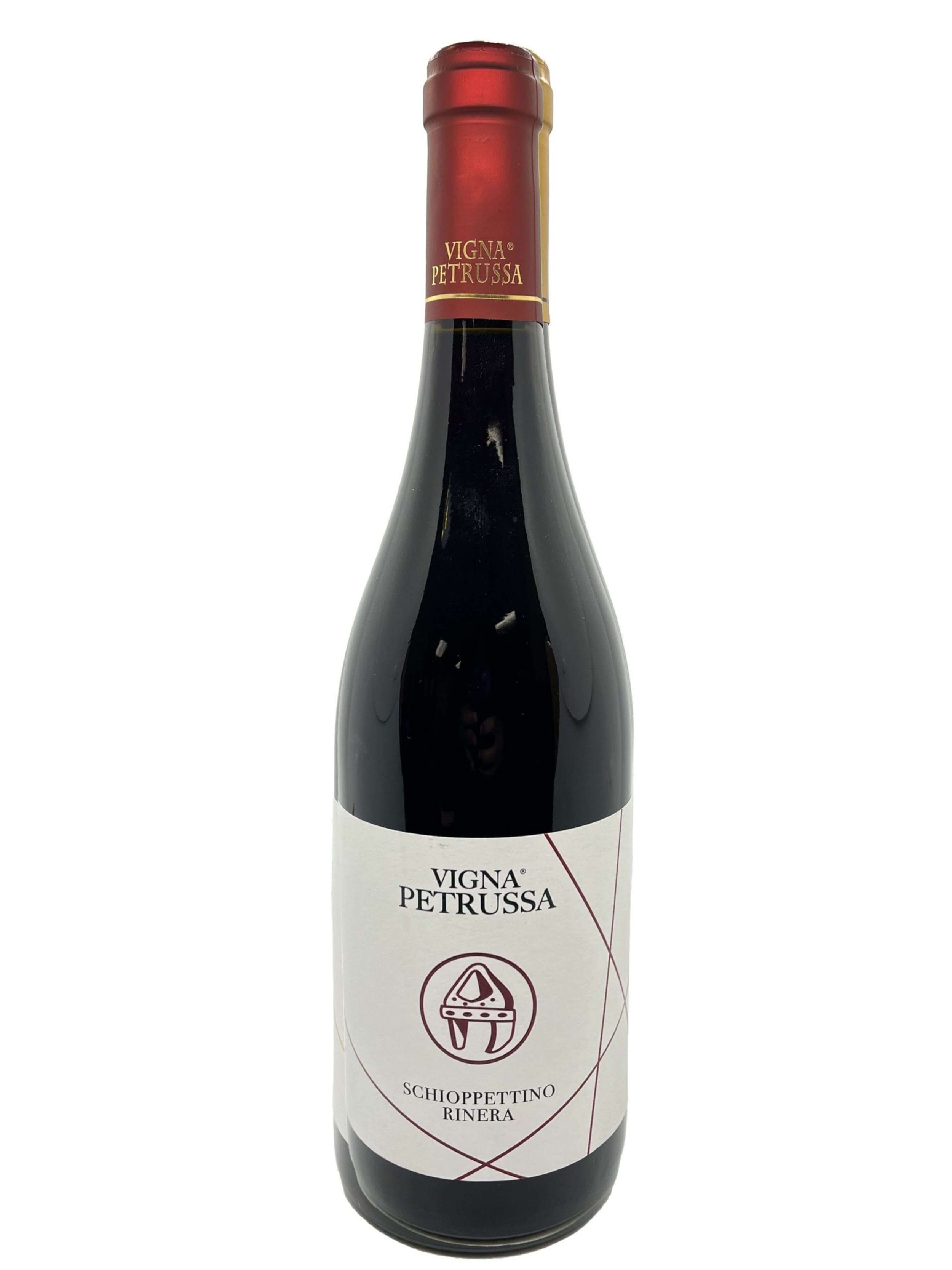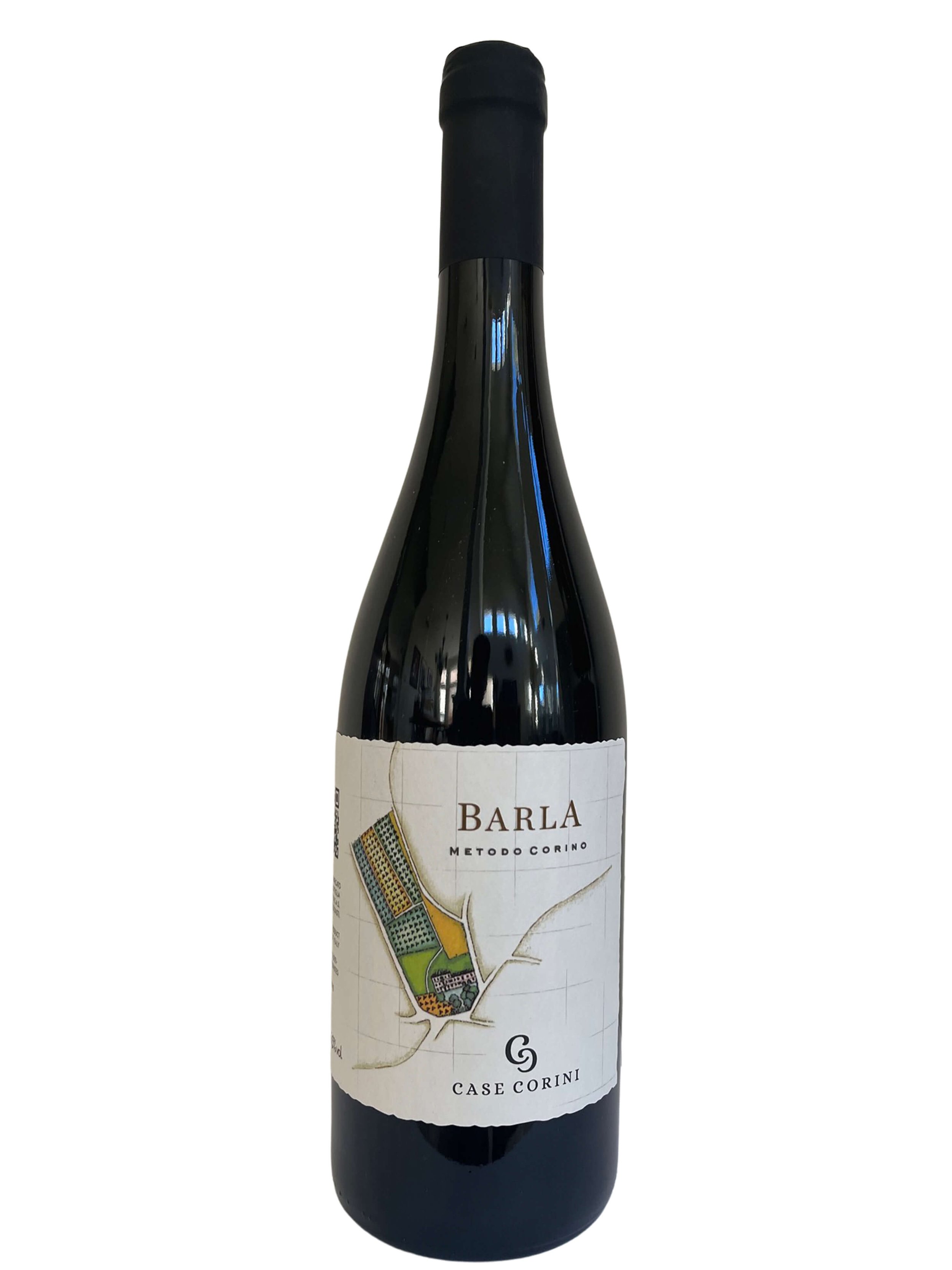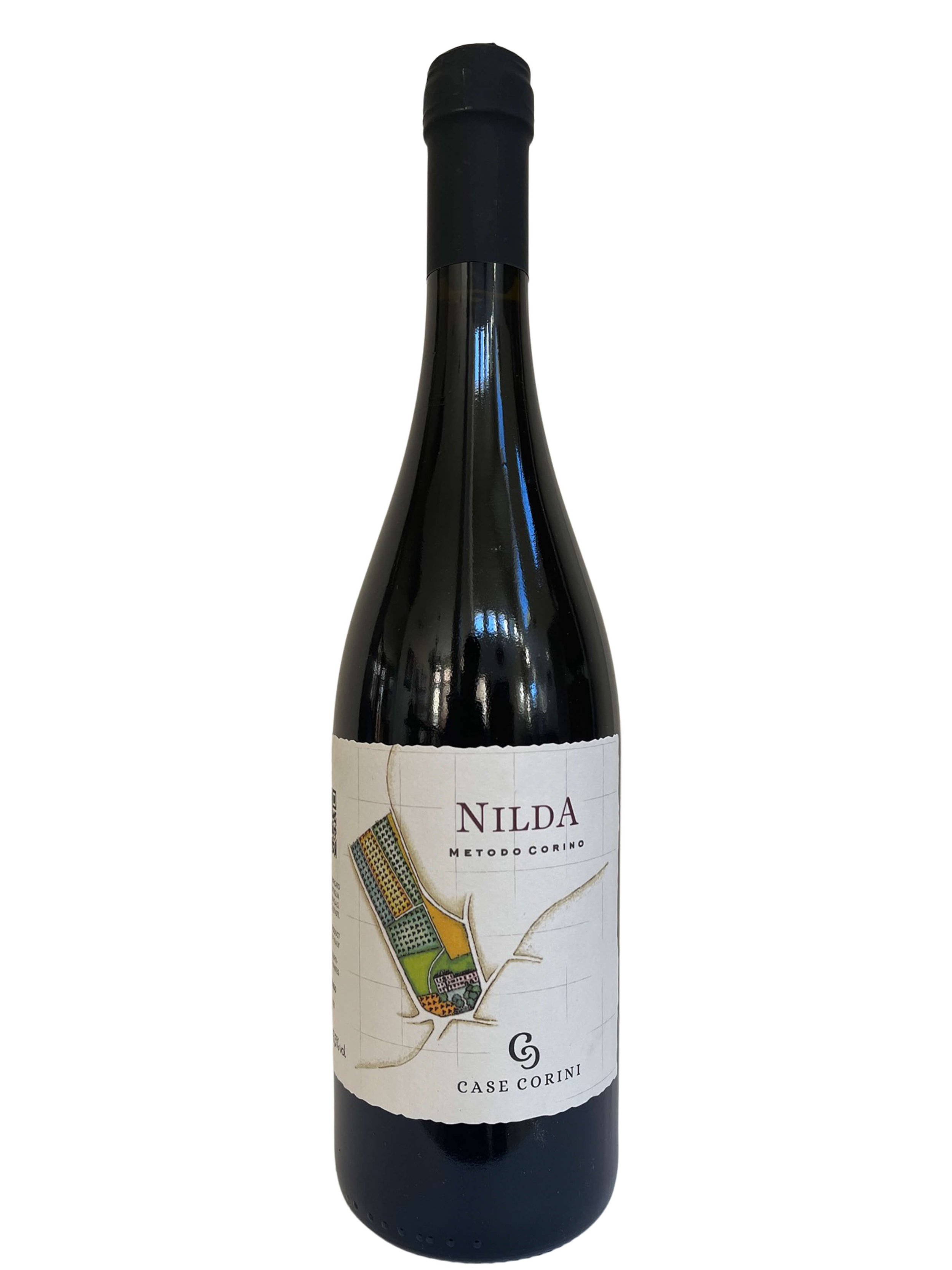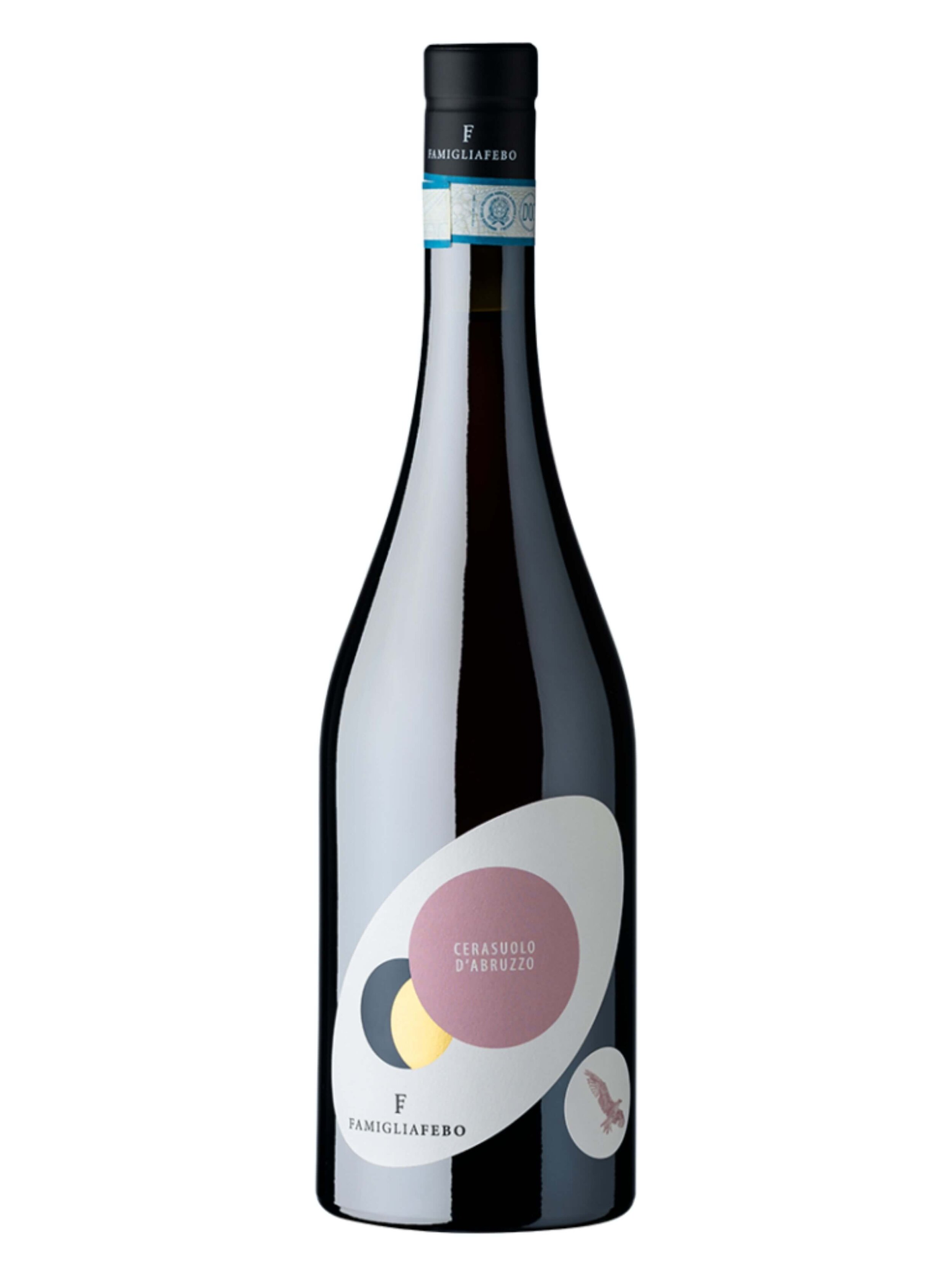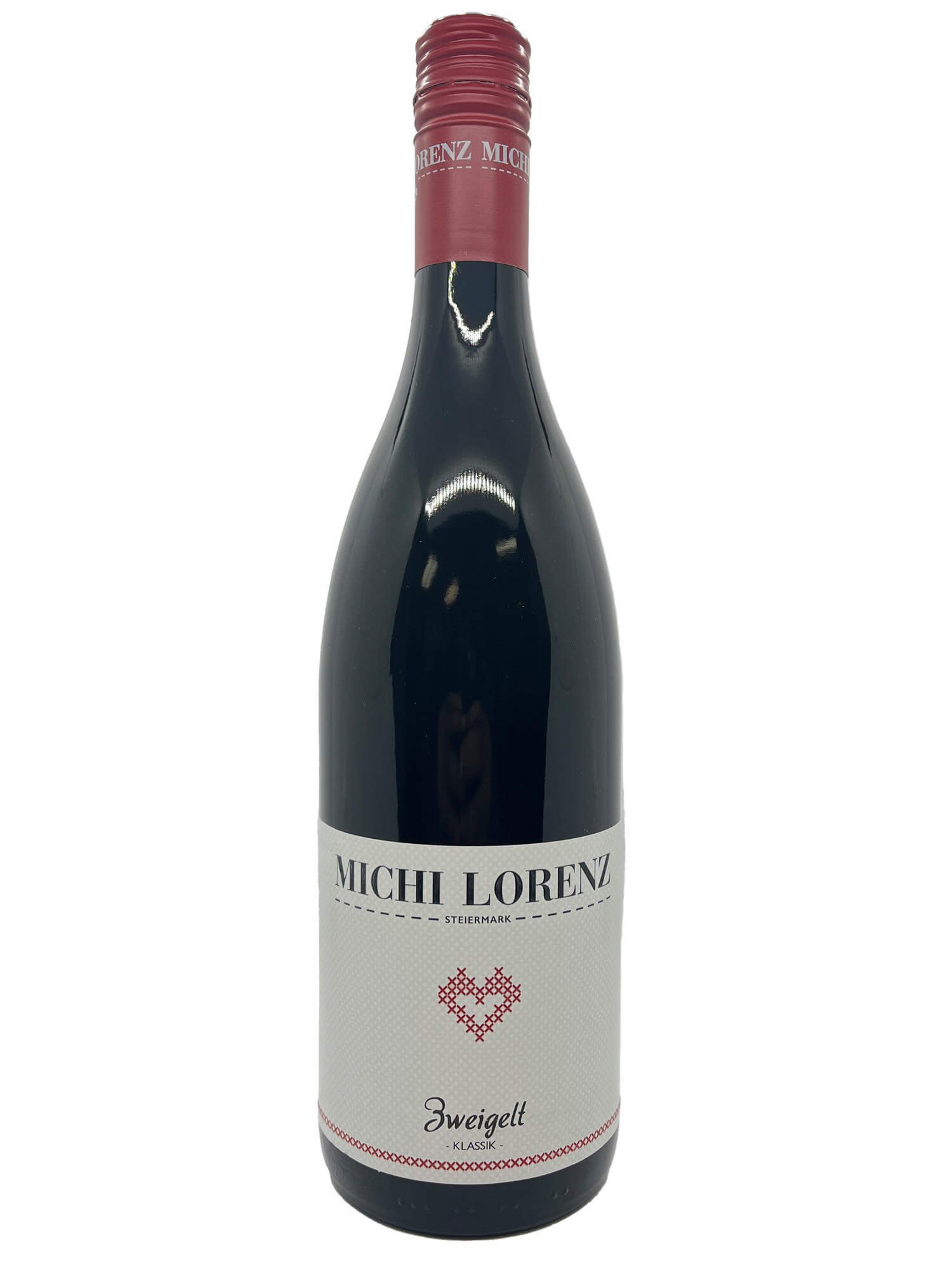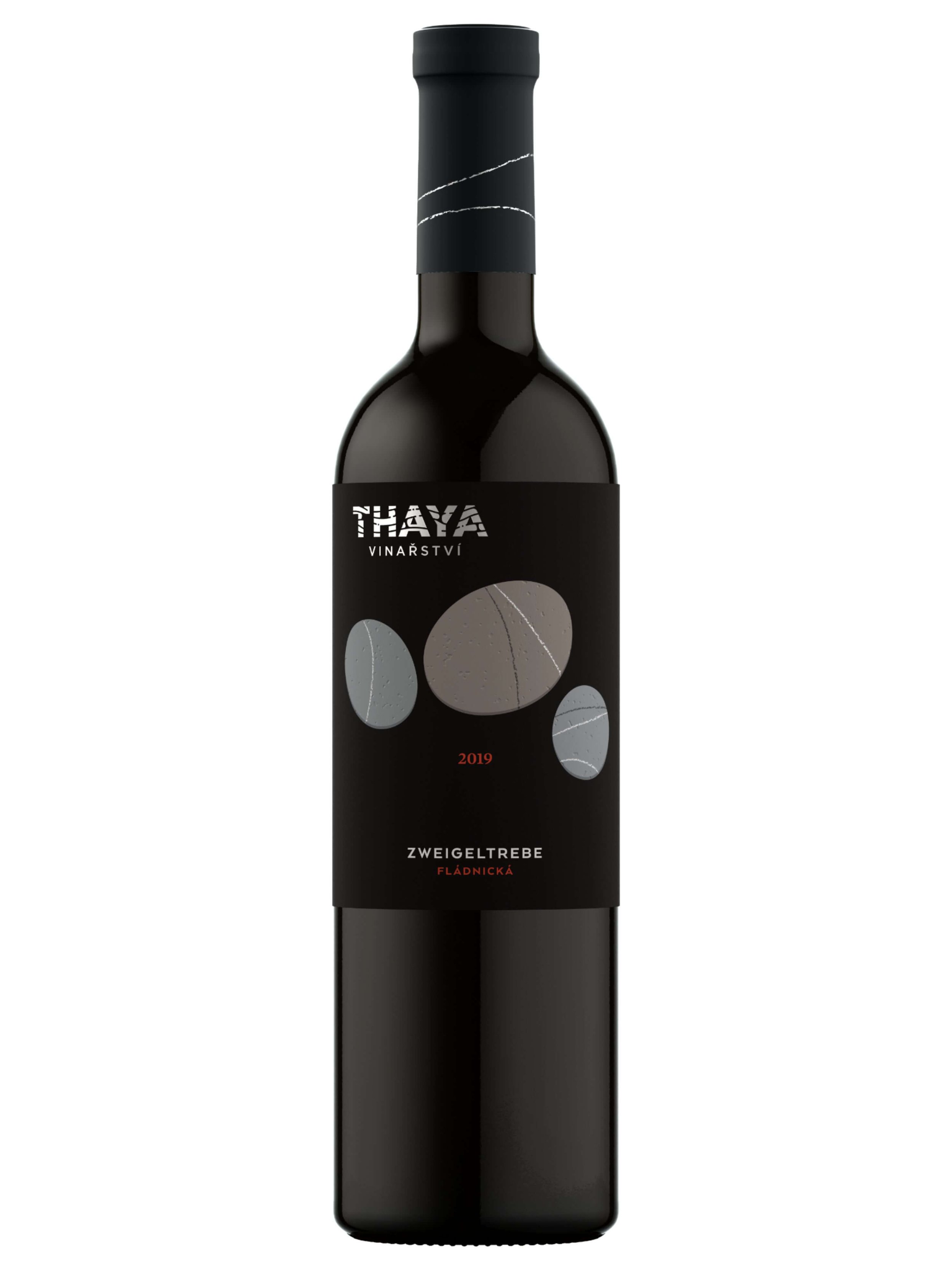ABC’s of How to Make Wine
We write about wine all of the time. In fact, it is a good five years now that we regularly publish articles on the subject. But, it just occurred to us that we never wrote about the basics of winemaking. Sure, most of our blog readers know the “how to” of winemaking but the process is actually quite intricate and there is always something to brush up on, or learn a new technique. In fact, do you know that not all wine is made from grapes? Well that’s a discussion for another time.
This article outlines the basic building blocks of winemaking from grapes, like sugars in grape juice that is fermented into alcohol, wine aging choices, and particulars of red winemaking, natural winemaking, to arrive at the final flavors of what we find in our glass. We break down, step by step of how to make wine grapes to bottle, specifically still, dry wines. To learn how to make sparkling wine check out this article, and check out this article for how to make sweet wine. As you’re reading, feel free to browse our previous “Wine 101” articles like on starting a vineyard, the anatomy of the grape and vine, and grape vine training.
Step 1: Harvest
The grape-to-bottle pipeline starts on the vine; or rather, with the removal of grape clusters from said vine. While, as we talked about in our vineyard training article, this can be done mechanically with tractors, or by hand with crates. While terrain or training method might play a choice in this, winemakers might also choose to hand harvest for careful cluster selection (picking only the best or ripest) and/or for preserving the fruit as whole and undamaged as possible.
Another important distinction that can happen at the harvest stage is the choice to produce a single vineyard wine. A lot of wines are made from multiple vineyards (and like in the rare case of Michi Lorenz’s Schist Happens Sauvignon Blanc, not only nine vineyards but four vintages of harvests!), and here winemakers can choose to make the wines all separately and blend them together in the end (like Aldo Clerico’s Classic Barolo), or they can do a single vineyard harvest where all the grapes for a particular wine come from, you guessed it, a single vineyard, no blending here. Oftentimes we will see the name of the vineyard on the bottle, especially when it is a famous or special cru, like in the case of Aldo Clerico’s Barolo Ginestra (which is a single vineyard from the ginestra cru).
From here in the vineyard, be it single vineyard or multiple vineyards, the grapes are transported to the winery for our next steps.
Hand harvesting at Febo.
Steps 2-5: Crushing, Fermentation, Maceration & Pressing
The next steps we are lumping together as which comes first will depend on whether we are making red or white wine. We have decided that the role of “color” in wine is worthy of an article in and of itself. Remember to subscribe to the Vero Newsletter to get an email when that article drops!
Once the grapes arrive in the winery, now comes the time to start processing them to jump start the fermentation that will turn juice into wine. Where the steps are going to be criss-crossed a bit depends on whether red, white, rosé, or orange wine is the desired end result. For this article, to simply as much as possible to the bare bones, we will follow a red winemaking procedure, fermentation and then pressing, however note that in a white winemaking procedure this process will be reversed. If you want to learn more about how wine gets it color, and learn the correct order of all the steps for each color of wine, check out our article “Taste the Wine Rainbow”.
Step 2: Crushing
The freshly harvested grapes can be either crushed or left in whole clusters (machine harvested grapes do not have the option for whole cluster processing as the grapes are basically shaken off the vine and off the stems, essentially meaning that only indivudual berries are brought into the winery). Crushing and destemming is to help start the proccess of releasing the juices right away from the grapes, where with whole clusters, the fermentation takes a little longer to start. In some places, like Port, this crushing is still done “the old fashioned way” via stomping.
Step 3: Fermentation (Spontaneous vs Inoculated Yeasts)
Once the grapes have been processed and are in their fermentation vessels, now the real magic happens: fermentation. Here, yeasts will eat the sugars present in the juices of the grapes and as a by product, produce alcohol and CO2. Where do these yeasts come from? Well, there are essentially two ways: native spontaneous yeasts, or inoculation. A winemaker can choose to add commerically selected winemaking yeast to get the wine fermentation rolling. However, there are yeasts present on the skins of the grapes and inherently in the air, walls, and structure of a winery. A winemaker can choose to leave their grapes and juice in contact with the skins, and the native yeasts present will start a spontaneous fermentation. This is a very important choice for a winemaker as the yeasts can impart certain qualities or flavors in a wine, and going the native yeast route can bring out flavors of terroir difficult to find in a commercially created yeast strain, hence why using native yeasts are so important to those that make natural wine. However, it is worth noting that a young new winemaker starting out with new buildings might actually have difficulty in starting a spontaneous fermentation. Over years of use and harvests, these native yeasts will become part and parcel of the winery buildings themselves, growing and multiplying invisibly in the walls and structure. Newly built structures won’t have this benefit, and the yeasts present on the grapes themselves might not be enough to carry the grapes to fully ferment. However, with time, the yeasts will build up and eventually, one harvest, the new young winemaker will be able to have the desired spontaneous ferment.
Jacqueline Mitchell of Ojai Pacific View, tasting the goods just before crushing.
So, wineries that are several years old have an easier time with a spontaneous native yeast ferment, so imagine generational wineries, and all the history of yeasts that are hidden in their walls! It makes yeast decisions for wineries like the three-generational woman owned Italian winery Vigna Petrussa fun and interesting. Where, for example they do a native yeast fermentation for their prized Schioppettino di Prepotto and Schioppettino di Prepotto Riserva, but in a simpler iteration like the unoaked great chilled Rinera Schioppettino they choose instead to inoculate with selected yeasts.
Step 4: Maceration (Optional)
Maceration is simply the time juice spends in contact with the grape skins. In the case of white wines, this will not happen at all. In red wines, it usually happens during the fermentation in winemaking, where heat created during fermentation helps further to extract colors and tannins from the skins. However, this maceration can actually last much longer than just fermentation, and it is up to the winemaker just how much “skin contact” they want to have in their wine. An important note here is that the longer the contact and maceration, the deeper the color and the more tannins that will be extracted into the final wine.
Step 5: Pressing vs Free Run
Now comes the time to separate the liquid from the skins and seeds, or the winemaking sediment also known as pomace. As mentioned before, in white wines this happens immediately after crushing. In red wines, it will happen after fermentation and maceration. There are two main theories here for this separation, and winemakers can choose to utilize one or both of them in conjuction. This is the choice of pressing the pomace to extract the liquid, or letting everything separate naturally via free run. Free run is just as it sounds, a valve at the bottom of the fermentation or crushing vessel is opened and the liquid is allowed to naturally flow out thanks to gravity (some wineries, like Case Corini which has been making wine for six generations, even have specially built windows to allow from fermentation vessels above to drain directly down into aging vessels). This free run liquid is often very pure in flavor, as we will see in a bit why.
Fermenting and macerating grape skins at Case Corini.
On the other end of the spectrum, we have pressing. This is where the entire mass of liquid and pomace are loaded into a big machine and squeezed until all the liquid has been squished out. There are varying degrees and technologies behind pressing. Once upon a time it was done in wooden crates with a hand twisted press. Now, soft cylinders exist with expanding balloons to help soften the press, extracting liquid without the negative consequences. And what are the dangers of pressing? Well, pressing too hard, or basically wringing every last drop of liquid from the pomace, risks breaking seeds that can release bitter oils and flavors and too many rough tannins. However, there is a middle ground, known as “soft pressing” where using a slowly expanding balloon within the press, the pomace can be gently squeezed without risking breakage of the seeds and can be stopped before that “hard press” is ever even arrived to. It is a fine line between deciding how much potential volume to extract from the pomace, vs the quality of what is being extracted.
For this reason, some wineries may do both, a free-run and soft press, separating the liquids to either blend back together carefully or even make different quality levels of wine. Basically, they can let as much liquid as possible free run out, then gently soft press the rest. It is a nice middle ground between the two methods that doesn’t waste anything, while always avoiding that dreaded hard pressing that just damages juices and wines. This is exactly what Case Corini does in their natural winemaking: the majority of their selection of wines, like those wines sold by Vero, are made entirely with only free run wine, while other blends made with hand pressed wines are sold elsewhere.
Step 6: Aging
Not all wines are aged. In fact, some wines are meant to be drunk young, fresh, and without any significant aging. For these wines, they might pass a short period in stainless steel or cement vessels just to allow stabilization (we don’t want those tartrates, or those crunchy crystals you can sometimes find in the bottom of your glass). Then they move right away onto our last step seven.
But for other wines that a winemaker wants to bring out unique flavors in (some tertiary and secondary aromas are only really possible when a wine undergoes aging), they have a couple of options to pick from: stainless steel, oak, cement, and amphora (which we have already done a whole article on in the past, so we won’t go into it here).
Stainless Steel
Starting off with our most neutral vessel (or the vessel that will impart the least amount of extra flavors), we have the classic stainless steel. Easy to clean, available in large sizes, and now included with incredible technologies like temperature control and complete oxygen protection, one can see why stainless steel has become a popular aging vessel. It lets the wine natually develop, without any oxidation or oaky flavors. Wines like the aforementioned Vigna Petrussa Rinera Schioppettino are made using exclusively stainless steel aging.
Another interesting example is that of the Thaya Chardonnay from the Czech Republic. Fresh, light and citrusy, often it is unbelievable it is actually a chardonnay. Why is that? Often, especially Americans that are used to a California Oaked Chardonnay, where that oak will impart different flavors, leaving the chardonnays some people are used to, to be a completely different style.
Concrete
Concrete, or cement, vessels are interesting. Like a middle ground between stainless steel and oak, they are a great inert vessel to age wine in, and in cases like the Febo family in Abruzzo, can be much older than new technologies like stainless steel. In fact, some, like those of Febo, are passed down from grandparents and previous generations, where they age wines like their Parella Trebbiano Abruzzese or Cerasuolo Montepulciano. Again, like stainless steel, cement doesn’t impart flavors on the wine, letting it age naturally without added aromas.
Oak
Lastly, one of the most classic aging vessels: the oak barrel. While “oak” can be added chemically, or with chips of oak dumped into a stainless steel vessel, these are techniques for corporate wine and you won’t see a Vero Producer using them. Here at Vero, when we talk about “oaked wines” we mean wines aged in real oak barrels.
The cement tanks, purchased and painted by Grandma Febo.
Oak provides two main benefits: flavors that come from the oak itself, and slight oxidation or air contact. In the latter, this can be adjusted by time spent in the barrel, meaning some wineries, liket Michi Lorenz and their Zweigelt, may choose to put some of a wine in oak, and the rest in stainless steel, giving a blending of techniques and oxidation. In the former, oaky flavors (toasty notes and vanilla for example) will depend all on the size and how much the barrel is toasted. For example, the all oaked wine Ojai Pacific View’s Dolcetto is aged entirely in “neutral oak”, meaning the inside of the barrel was completely un-toasted, giving off less of the toasty flavors, and more vanilla and oxidation flavors.
As well, another important choice a winemaker can make, is that of new vs used oak. With ever year, as wine is moved in and out of barrels, the barrels will lose slightly their oaky flavor and aroma. This means, we will find the most and strongest flavors in a new oak barrel, and the weakest and least flavors in a barrel that has been used for many years. Winemakers can choose to mitigate the strong oak flavors by putting some one in new barrels, and some in used barrels, then blending the two together. This is, for example, exactly what happens with the Thaya Zweigelt that while is entirely 100% oak aged, 60% of that oak comes from new barrels, and 40% used barrels, helping to raise complexity with a mixture of the two style flavors.
Step 7: Bottling and Final Packaging
Our last step in the wine production pipeline is bottling and final packing. Once the wine is finished aging, it will be bottled (or siphoned into a bag-in-box), corked, and loaded into crates. From here it awaits sale, whether that be years for some final in-bottle aging and resting, or just a few weeks. Once the wine is ready for sale, it will be labeled and packed into the familar six or 12 bottle boxes, ready for shipment and into the hands of wine lovers around the world!
The barrel room at Thaya.
Tasting Wine Production Methods
What better way to learn about the differences in all the choices a winemaker can make, than by tasting them? With wild and scarce Vero wines, our producers carefully farm and craft each wine with passion, and it is amazing to taste their hard work, and their winemaking choices, through opening a bottle of wine from a Vero producer.
We exist to allow all Americans, across the US, from businesses to consumers, to experience the pleasure of a farm to glass wine, and a really good olive oil too. How can you get your hands on the hidden gems we forage for?
If you are a distributor reach out to us introduce our highly curated portfolio of one of a kind small production wines to your state.
We sell to wine stores and restaurants in certain states - contact us to learn more.
If our farm crafted natural wines and olive oils are not in your local shop or restaurant, buy wine online here, and we’ll ship it to you, including wine gifts.
We also have an award winning wine club for true wine explorers that are seeking to continually discover unique, sustainable and authentic small production wines they never had. These are wines selected by our sommeliers and curated for each box.
We do corporate gifts and sommelier guided wine tastings. Email us and we’ll tailor unique and sustainable corporate gift ideas.









